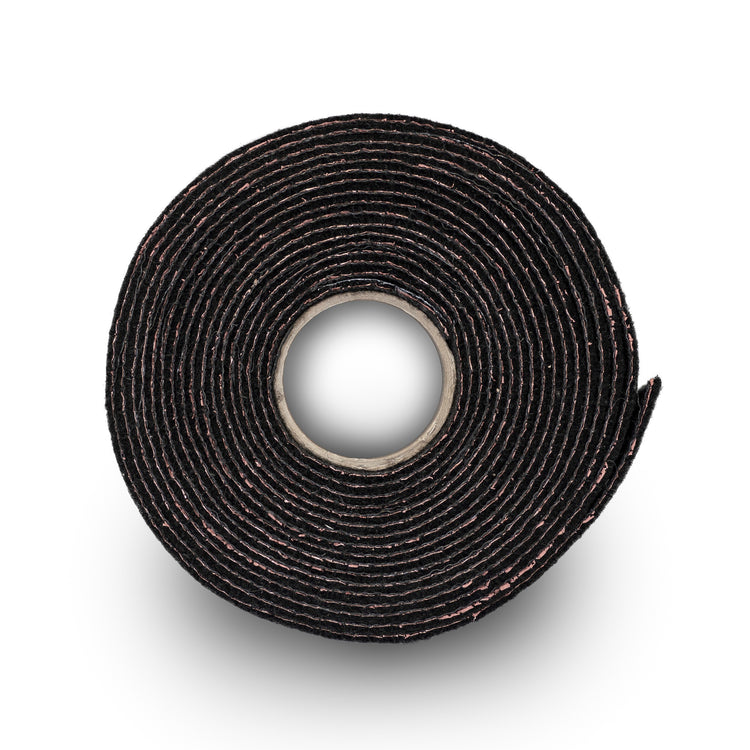Finding the best root barrier to use for a project will mean different things to different people. Here, Root Barrier Store offers explanation and advice concerning selection based on the job at hand and the different types of root barrier and weed membrane products available.
How to choose a root barrier or weed membrane
The easiest way to explain the difference between root barrier and weed membrane, is that weed membranes generally suppress weeds and root barriers do exactly what they should, block roots. The biggest question is knowing when to use a root barrier as opposed to a weed membrane. You are not alone if you need to pose this question, it is frequently asked by clients looking to purchase a product.
The main point to remember when looking at which membrane to choose is that weed membranes are intended to suppress garden weeds. These are mainly annual weeds, which although significant, they are generally less persistent or damaging than invasive weeds or shrubby plants. Weed membranes are usually permeable for horizontal use, and perform best when covered with mulch or a form of gravel.
Root barrier, on the other hand, is designed to resist the roots of trees, shrubs, and invasive species. Some are permeable, most will be used vertically and some have been tested to work both vertically and horizontally.
Which weed membrane
Knowing which weed membrane to use can make all the difference to a project. Choosing the wrong barrier may mean that it fails for the intended use. For example, whilst a general-purpose weed mat will be fine for weed suppression under gravel or mulch, you may wish to use a heavy-duty mat in high-traffic areas.
When selecting which weed control membrane to use, it may be worth considering a specialist weed mat, such as CuTex, for some applications. This is particularly relevant when trying to block invasive species, which could include the more aggressive garden weeds. Using specialist material is essential for driveway root barriers, as horsetail for example, could grow through tarmac over time and find its way through block paving.
Which root barrier to use for trees
It’s widely known that trees can be a source of problems when roots undermine structures, paths, roads, or compromise utility services. Therefore, knowing which root barrier to use for trees in the UK is important.
When planting trees, a root barrier director may be the best solution. They are cost effective, easy to install and are designed to direct roots away from hard surfaces, foundations and utility trenches.
For existing trees, including incidents of tree related subsidence or more significant tree root issues, a root barrier system should be used. This will often be installed two or more metres deep into the ground, as a root barrier needs to block roots completely.
Choosing geotextile for root barriers
The are a core selection of materials that are used for root barriers and weed membranes, and choosing the correct geotextile for the application is important. To aid this understanding, the following chart describes each geotextile.
|
Composite root barrier |
Using several layers of geotextile, including copper. Our CuTex root barriers are highly durable and permeable. This specialist root barrier is very versatile, being easy to install and weld. |
|
Vertical ribbed root barrier |
Specialist root directors that are designed to stop the damaging effects of tree roots spiralling. Ideal for new tree planting, particularly in new urban landscape schemes. |
|
Non-woven Polypropylene |
Permeable weed mats which are both flexible and tough. (They look like spaghetti up close!) |
|
HDPE Polypropylene |
A non-permeable plastic for vertical applications where thickness defines its puncture resistance. |
|
Laminated woven geotextile |
Highly flexible non-permeable root barrier that has a high puncture resistance for its thickness. |
Each geotextile, woven or non-woven, has been designed to fulfil a purpose. In general, non-woven is for weed matting or used as a fleece and laminated woven geotextile is used as a root barrier.
If you are still confused about making the right section, don't worry our team are experienced and at hand to offer guidance, just give us a call.

